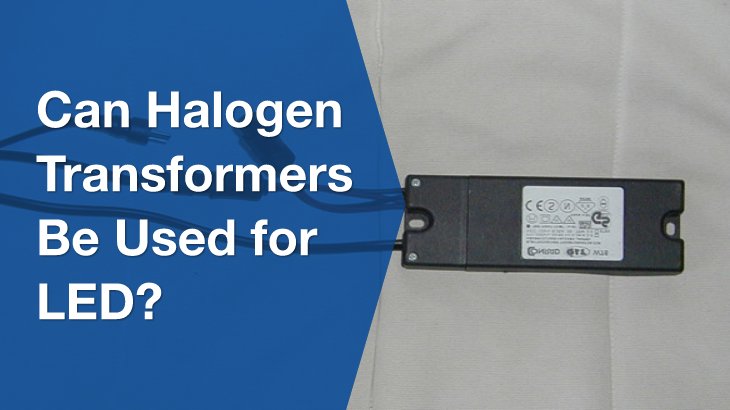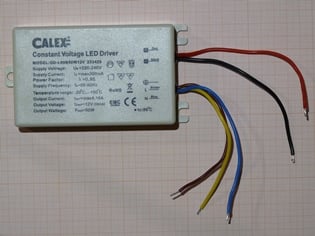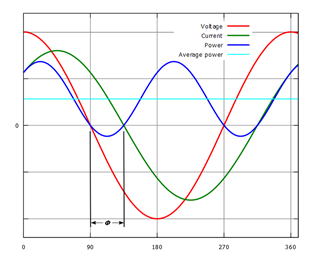Can Halogen transformers be used for LED?
Halogen transformers can be used for LED applications up to a certain point. Then they start to malfunction and present the following signs: Flickering bulbs Humming Loss of dimming range Lamp failure There are two types of LEDs – mains and low voltage. Mains voltage LED bulbs such as GU10 are made to fit your […]

Halogen transformers can be used for LED applications up to a certain point. Then they start to malfunction and present the following signs:
- Flickering bulbs
- Humming
- Loss of dimming range
- Lamp failure
There are two types of LEDs – mains and low voltage. Mains voltage LED bulbs such as GU10 are made to fit your current halogen lamp fittings and run on 240V.
It’s not necessary to get a transformer for GU10 bulbs since they have an inbuilt driver.
Known to give warmer light, 240V bulbs come in a smaller range of wattage (35-50W) and are used in high ceilings that don’t have additional hollow space to house the transformer.
They also turn orange when dimmed, unlike the 12V bulbs, which remain white throughout.
Low-voltage LEDs also come in a wider range of wattage (20-50W) but require an external transformer to function. This device protects the 12V MR16 bulb against line voltage fluctuations, converts AC to DC power supply and regulates the flow of current.
There are two kinds of LED drivers:
Constant Current Driver

This driver supplies power in amps (A) or milliamps (mA) and has a designated maximum voltage. It keeps the current constant while varying the voltage along the circuit.
It’s used for individual bulbs and is preferred in retail outlets, residential areas and commercial buildings.
Constant Voltage Driver
A constant voltage driver supplies power at a fixed voltage rating while varying the current throughout the circuit.
It’s ideal for multiple LED applications as it doesn’t interrupt the power supply when one goes off. Constant voltage drivers are mostly found in stage lights, street lighting and LED strips.
LED bulbs don’t break easily, and they lower your HVAC costs because they produce less heat and don’t contain dangerous materials such as mercury, which is found in fluorescent lamps.
Unfortunately, these benefits come with a high cost of installation – LED bulbs cost more than halogens, and the services of an electrician may be required if you want to avoid electrical faults, fires and poor performance in future.
These two considerations must be at the top of your mind if an upgrade of your halogen downlights is underway: transformer compatibility and light bulb quality.
How do I know I’ve found a compatible transformer for my LEDs?
It has a high IP rating
If you’re building is located in a dusty or wet environment, it is advisable to acquire a transformer with a high IP rating. This is a 2-digit value that specifies how resistant a device will be against different elements.
The first digit specifies the protection against solid objects of different sizes, while the second numeral represents resistance to the liquid pressure.
Find a driver with IP66 and above, which guarantees protection from dirt, solid objects, water droplets and heavy splashing.
The output voltage matches that of your LED bulbs
Check the number of volts on your LED bulb and match it to that of your transformer. For multiple LEDs on a single transformer, sum up the individual voltages to get the correct voltage requirement, then get a corresponding driver.
Its output current is higher than that of your LEDs
Determine the current requirements of the transformer. This is specified in amps or milliamps and categorised in a range like 0 mA to 500 mA or in such values as 350 mA, 500 mA, 700 mA, or 1050 mA.
The rule of thumb, if you want to increase your transformer’s life expectancy, is to run your LEDs at a lower amp rating.
Its power factor is above 0.9

Drivers with a low power factor usually don’t indicate this value on the device. The power factor (ranging from -1 to 1) implies a driver’s efficiency by specifying how much load it puts on your electrical network.
For high efficiency, pick a transformer with a power factor that’s as close to 1 as possible.
Its output wattage is equal to or higher than that of your LEDs
You shouldn’t let the transformer run at maximum power unless you’re willing to replace it within a short time.
Ensure that the transformer has an equal or higher value of wattage as the requirement of your new LEDs. This will not only ensure your safety but will give your transformer a longer lifespan.
In cases where more than one LED uses one driver, it is recommended that you add up the wattage and then add a 30% buffer to the total. That way, you can purchase a transformer with the correct power requirement.
It has a dimming ability
Transformers with the dimming feature can adjust the light output from 100% down to 5-10%.
Suppose you have a dimmable circuit; purchase a dimmable transformer and bulbs. Non-dimmable LEDs and transformers will ruin a non-dimmable circuit.
It’s compact in size
Electronic transformers are smaller thanks to their inbuilt inverter. They are perfect for users who have limited space or who want to reset the transformer from a wall switch in case of an overload.
Its magnetic counterpart, though more durable, is much heavier and requires a large ceiling space to install.
What would cause my transformer to ail?
LED temperature parameters
LED transformers have predetermined temperature parameters within which they can work effectively. Proper air circulation is key to prevent heat build-up and damage to your device, especially if your building is plagued with dust. Once dirt or lint collects on the driver, it won’t be able to cool properly.
Reduced mean time before failure
Failing to use the driver correctly or disregarding the voltage and wattage requirement during purchase will lower the mean time before the failure value of your transformer. Every time you replace a faulty transformer, you increase your LED maintenance costs.
Overloading the LED circuit
Connecting one transformer to many lighting devices will lead to dimmer lights and a blown fuse. This overloading will further result in added maintenance fees as you replace the fuse and other parts of the circuit.
You’ll need to buy an additional transformer for the additional bulbs or get one with a higher capacity to power all your bulbs.
How to pick bulbs for your LED transformer
The next step after purchasing your transformer would be to get LED bulbs. LEDs are more costly, so if you’re risk-averse, you can buy a few bulbs and test them first instead of buying all your bulbs in one go.
Make a list of all your bulbs
On a piece of paper, note down all your existing bulbs, their base types, dimensions and fitting styles. For instance, a GU10 bulb has a twist and turn fitting while an MR16 bulb only needs a slight push into the light fixture.
Determine the wattage and voltage requirements and match them to the values indicated on your LED transformer. You can find this information at the base of the globe.
Check the decreasing light output
This is usually specified as an L50 or L70 value, which means that the bulb will have a light output of 50% and 70% of the original at the end of its expected lifetime.
LED bulbs have an expected lifespan of 20,000 to 50,000 hours.
Check the lumen value
A 60W LED bulb can produce the same light output (750 lumens) as that of a halogen bulb.
If your room requires bright light, go for a high lumen value, like 2700 lumens. Reserve lower lumen values for general lighting.
Replacing your halogen transformer with an LED driver will cost you at least $50 using an electrician, but your LEDs will work as they should and save you tons of money in the long run.